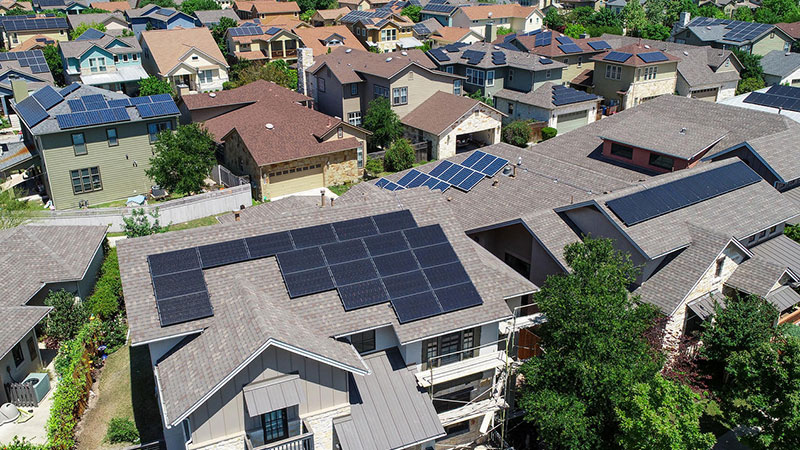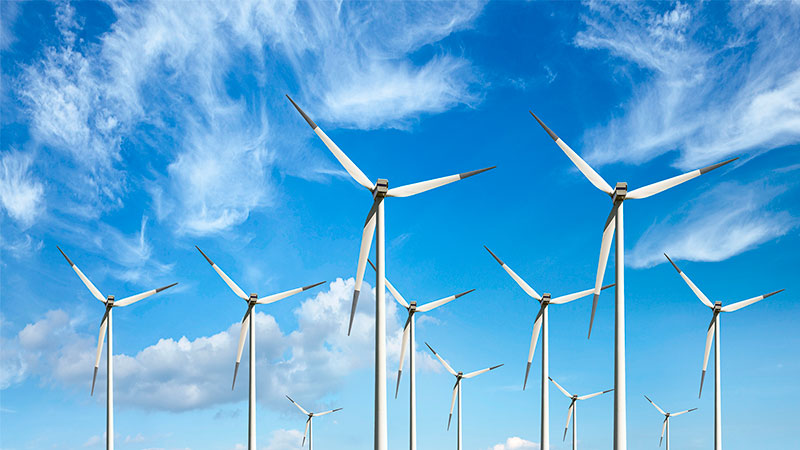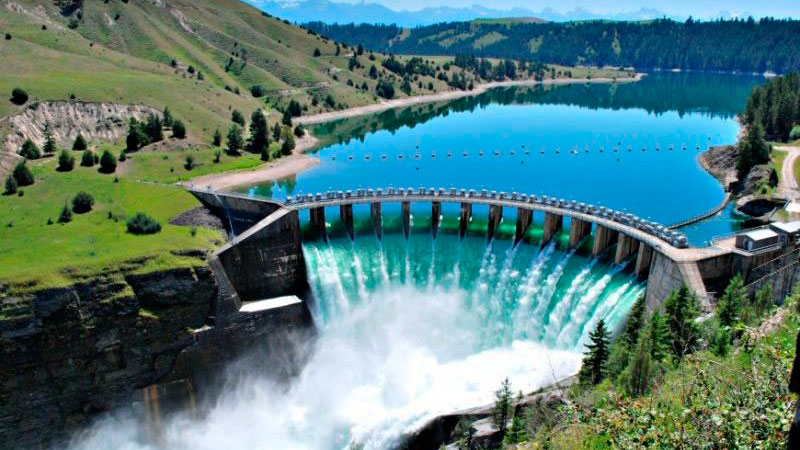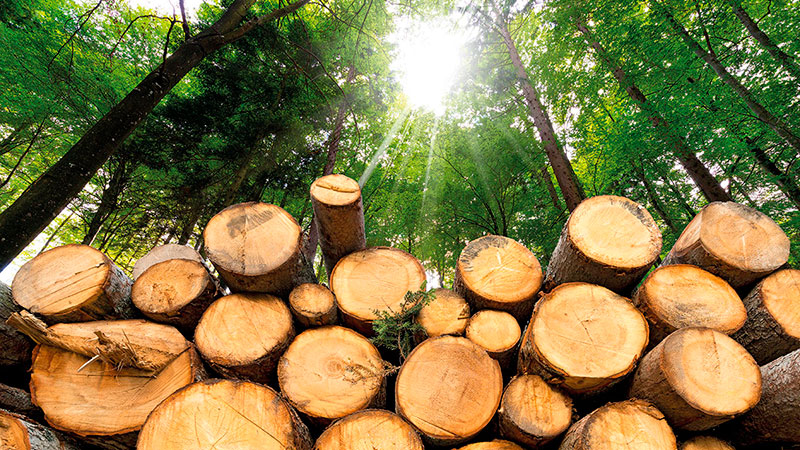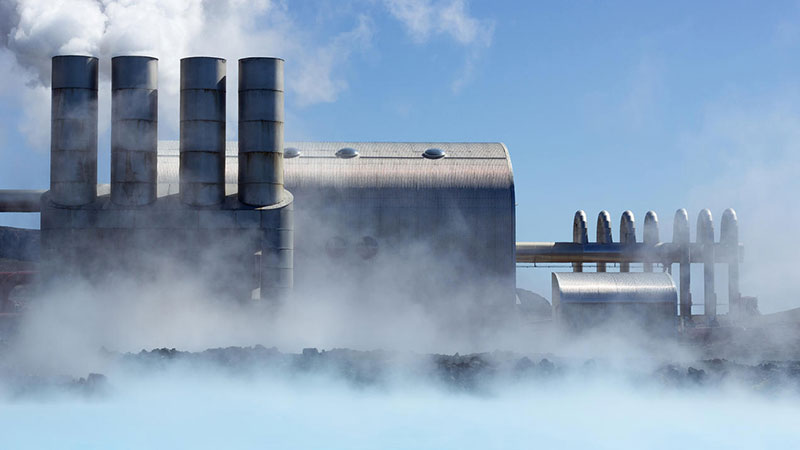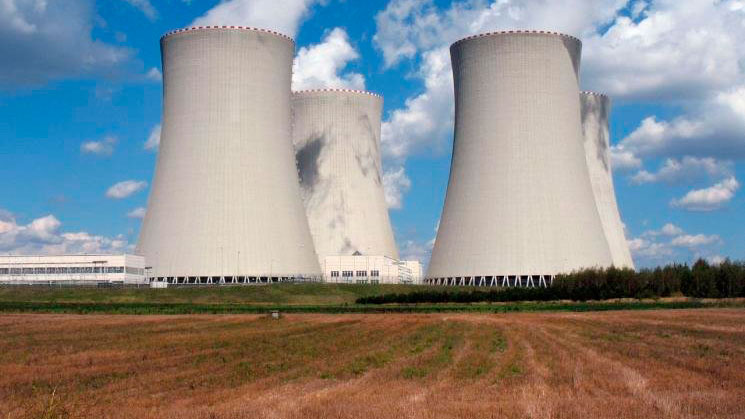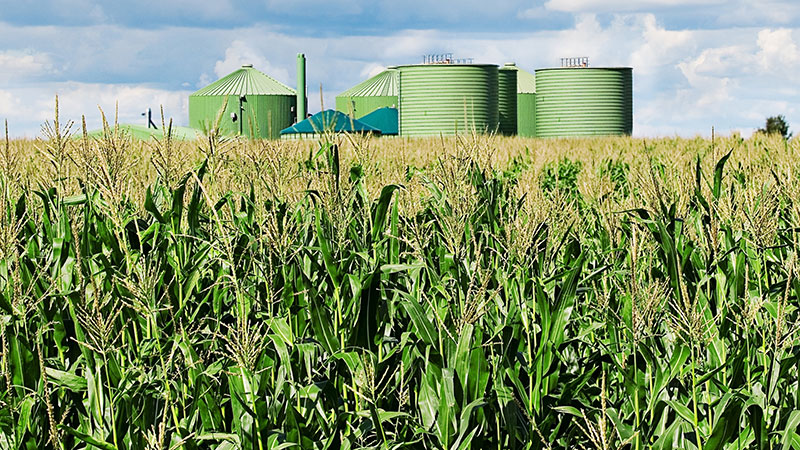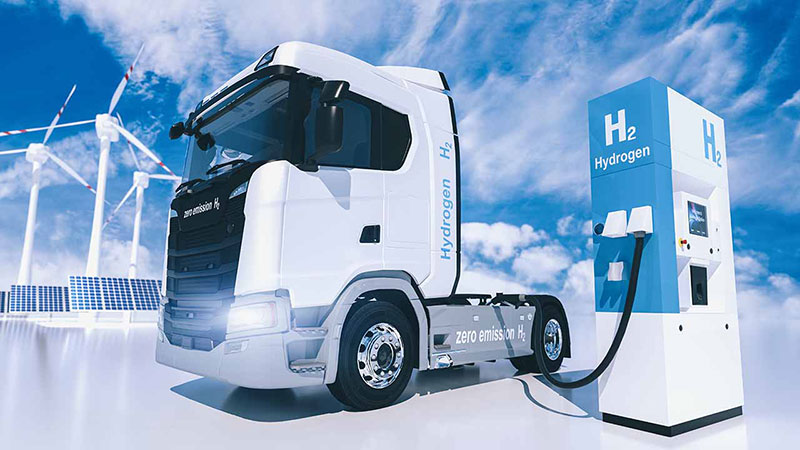There are no articles in this category. If subcategories display on this page, they may have articles.
Natural Resources Council of Maine
Protecting the Nature of MaineEnvironmental and Energy Study Institute
Environmental and Energy Study Institute's Articles, Briefings, White Papers, Press Releases, and Newsletters.
Copyright ©
2025
Clean Energy and largest source of clean electricity


